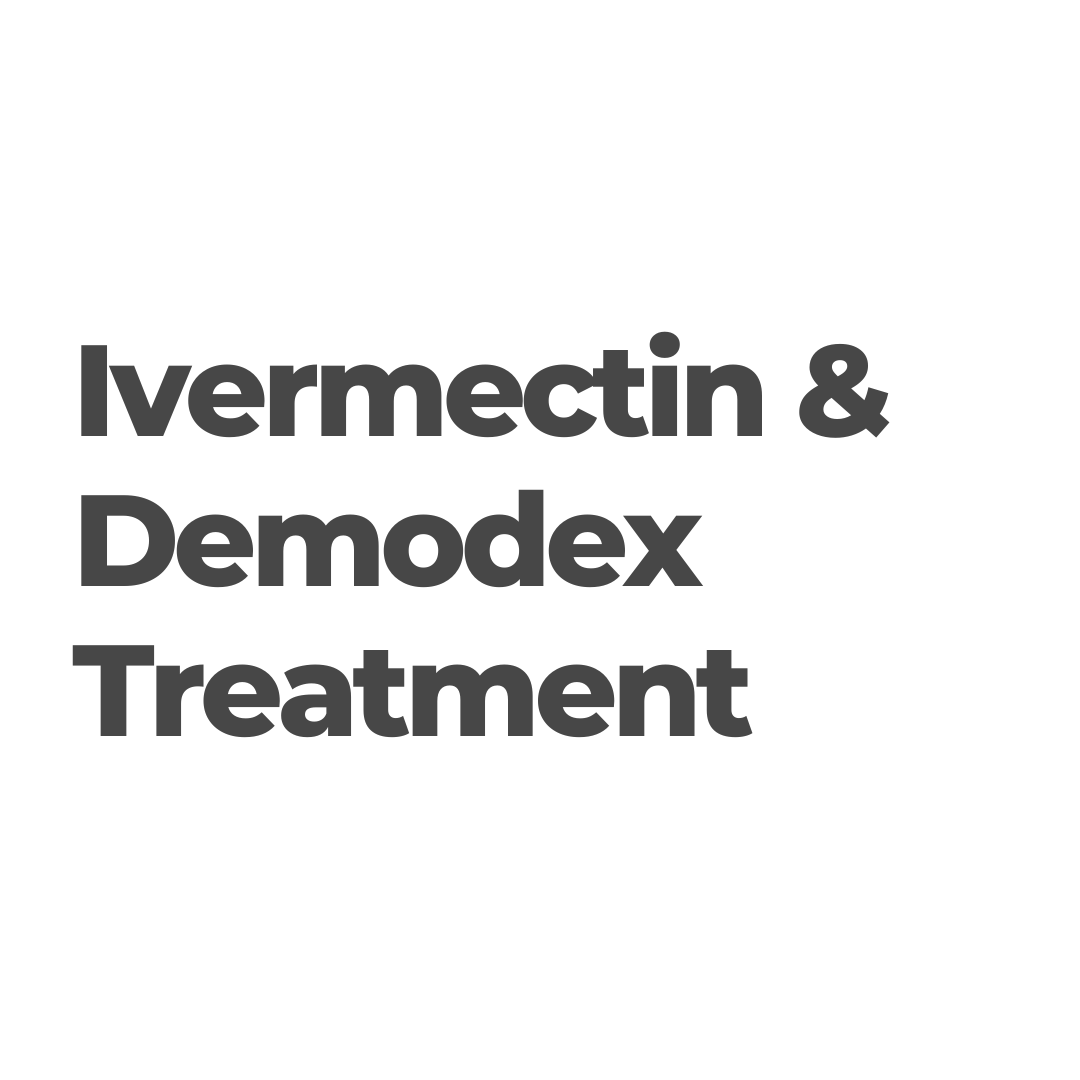Amniotic Membrane Graft
There are a number of treatments for dry eye, including artificial tears, ointments, and punctal plugs. In some cases, more aggressive treatment may be necessary, such as amniotic membrane grafting.
What is a Amniotic Membrane Graft
Amniotic membrane is a thin layer of tissue that lines the inside of the womb. The grafts involve the application of a thin, translucent membrane derived from the innermost layer of the placenta (amnion) onto the ocular surface.
The amniotic membrane is rich in bioactive components such as cytokines, growth factors, and extracellular matrix proteins, making it an excellent therapeutic tool for promoting healing and reducing inflammation. Amniotic membrane grafts have been used to treat a variety of eye conditions, including dry eye, corneal ulcers, and conjunctivitis.
Acquiring amniotic membrane graft is relatively straightforward, with virtually unlimited availability, as it is sourced from carefully selected caesarean sections. The harvested tissue can be stored for extended periods, ranging from several months to a year, ensuring its readiness for surgical procedures and the treatment of ocular surface diseases as required.
Amniotic membrane grafting is a safe and effective treatment for dry eye. It does not express HLA-A, -B, or -DR antigens and, therefore, presents no risk of immunological rejection. It is a good option for patients who have not responded to other treatments or who have severe dry eye.
Preserving and Storing Amniotic Membrane Graft
Dehydrated membranes are preserved through a vacuum and low-temperature heat process, ensuring the retention of vital cellular components. These membranes, including amniotic membrane grafts, boast a convenient room temperature storage option with a remarkable 5-year shelf life.
Cryopreserved membranes are preserved through a meticulous slow-freezing method at -80°C, utilizing DMEM/glycerol preservation media, is employed. These specialized membranes, particularly beneficial in addressing dry eye disease, necessitate storage at -80°C in a dedicated freezer. Their shelf life extends to approximately 2 years.
Lyophilized membranes, on the other hand, undergo a preservation technique involving the removal of water through sublimation. This inhibits chemical reactions that could alter tissue, ensuring the integrity of the structure, making them a valuable choice, including in amniotic membrane grafts. These membranes can be conveniently stored at room temperature for a couple of years.
Application Protocol for Amniotic Membrane Graft
Amniotic membrane grafts are typically performed as an outpatient procedure. The optometrist will numb the eye with an eye drop and then place the graft over the affected area.
Dehydrated or lyophilized lenses involve unpacking the membrane without a securing ring, necessitating the use of a bandage contact lenses to keep it in place on the cornea. Notably, brands like AmbioDisk and XcellerEYES require specific orientation, while others like AcellFx, Eclipse, and Biovance 3L Ocular are bidirectional.
On the other hand, cryopreserved membranes such as Prokera, a notable choice, need a brief saline rinse to eliminate the potentially irritating storage solution. These membranes, secured by a PMMA ring, are strategically placed on the cornea. Some practitioners opt for taping the upper lid to alleviate discomfort during the 1 to 7 days the membrane remains on the eye, depending on the severity of the injury. Over time, the membrane dissolves, and the ring is subsequently removed.
An alternative to this approach is AmnioGraft/AmnioGuard, a cryopreserved amniotic membrane variant. Notably, it does not require a ring and is available in various sizes. While commonly used in conjunctival tumours, reconstructions, and glaucoma blebs, its application extends to addressing dry eye disease as well.
Types of Amniotic Membrane Graft
-
Dehydrated amniotic membranes
- Can be stored on a shelf at room temperature for up to 5 years
- Relatively lower in cost compared to cryopreserved amniotic membranes.
- Do not require any rinsing prior to preparation.
- Available in various diameters and can be placed on the central cornea or on a local corneal defect to maximize its benefits.
- A soft bandage contact lens is placed over the dehydrated amniotic membrane to secure it in place and prophylactic topical antibiotics are prescribed.
- Manufacturers include:
- AmbioDisk® (IOP Ophthalmics/Katena)
- BioDoptix®
- Triad Clarity®
- AcellFX (Akorn)
- Amniotek (DFV; SAS-B approval required)
- Aril® Acellular Allograft Amniotic Membrane (Seed Biotech)
-
Cryopreserved amniotic membranes
- Must be stored at temperatures between -80°C to 4°C.
- They are preserved in an antibiotic and antifungal solution and therefore must be utilized with caution in allergic patients.
- Requires rinsing with a saline solution prior to instillation.
- The carrier ring is placed underneath the superior and then inferior eyelid and the eyelids are then taped shut.
- They are placed for 2-7 days as the graft begins to dissolve. The membrane and plastic ring are then removed.
- Manufacturers include:
- Prokera®/Slim (BioTissue)
The Difference Between Amniotic Membrane Graft
Dehydrated amniotic membranes undergo a beneficial lyophilization and drying process for convenient storage, but this compromises their structural integrity and depletes a vital biologic factor—heavy-chain, high molecular weight hyaluronic acid/pentraxin 3 (HC-HA/PTX 3)—essential for the anti-inflammatory and immune response.
Conversely, Cryopreserved Amniotic Membranes maintain structural integrity akin to fresh tissue and are enriched with crucial biologic signals necessary for the healing process, including HC-HA/PTX 3, growth factors, collagen (types I, III, IV, V, and VI), fibronectin, laminin, hyaluronic acid, and proteoglycans.
Patients with ocular surface disease face a complex prognosis due to impaired ocular surface healing. Therefore, choosing a regenerative therapy should prioritize optimizing patient healing outcomes.
Given the disparities in amniotic membrane integrity and associated healing benefits, I advocate for the use of Cryopreserved Amniotic Membranes in patients with chronic ocular surface disease.
The Benefits of Amniotic Membrane Grafts:
-
Anti-inflammatory properties: Amniotic membrane grafts contribute to alleviating dry eye symptoms by releasing anti-inflammatory cytokines and growth factors. These substances aid in modulating the immune response and reducing inflammation. Moreover, studies have demonstrated that amniotic membranes play a role in promoting apoptosis of pro-inflammatory neutrophils and macrophages, enhancing phagocytosis of apoptotic neutrophils by macrophages, and suppressing the activation of CD4+ cells that contribute to inflammation.
-
Anti-scarring properties: The stromal matrix of the amniotic membrane has exhibited anti-scarring properties by suppressing the signalling of transforming growth factor (TGF)-beta. TGF-beta plays a pivotal role in promoting scar formation by upregulating the expression of crucial extracellular matrix (ECM) components and inhibiting matrix metalloproteinases (MMPs) in fibroblasts. Notably, the downregulation of TGF-beta 1 and TGF-beta 2 transcripts has been observed in human corneal and limbal fibroblasts cultured on the stromal side of the amniotic membrane, suggesting a mechanism for the demonstrated anti-scarring effect.
- Promotes Epithelialization: The amniotic membrane functions as a transplanted basement membrane, providing a favourable substrate to encourage epithelialization. Additionally, it has been found to generate diverse growth factors, including basic fibroblast growth factor, hepatocyte growth factor, and transforming growth factor, all of which contribute to the stimulation of epithelialization..
Uses of Amniotic Membrane Graft
Dry Eye Disease
Amniotic membrane grafts offer a promising solution for dry eye disease. Beyond maintaining moisture and acting as a protective barrier, they significantly reduce ocular inflammation, a major dry eye disease contributor.
In the DREAM study, amniotic membrane treatment markedly lowered the Dry Eye Workshop (DEWS) score in patients with moderate-to-severe dry eyes, sustaining benefits for three months. Ocular discomfort and corneal staining notably improved at the three-month mark.
A study by John et al. revealed that amniotic membranes increased corneal nerve density, improving sensitivity. This regeneration led to decreased corneal staining and enhanced tear break-up time. Amniotic membrane grafts show promise in managing dry eye symptoms and addressing its root causes.
Eye Trauma (Chemical burns/abrasions)
Amniotic membrane graft shows promise in addressing ocular chemical burns, especially in grades I to III. Studies indicate its effectiveness in restoring corneal and conjunctival surfaces in milder cases.
For severe burns (grade IV or higher), amniotic membrane helps restore the conjunctival surface and reduce inflammation but doesn't fully prevent limbal stem cell deficiency, necessitating limbal stem cell transplantation.
For large and central corneal abrasions, the risk of infection and scarring poses a potential threat to vision. Incorporating an amniotic membrane graft has proven to be remarkably efficacious in facilitating corneal re-epithelization and preventing scarring. These benefits contribute to enhanced final visual outcomes, making amniotic membrane grafts a valuable intervention for cases involving large and central corneal abrasions, particularly in addressing concerns related to infection and scarring that could compromise vision.
Conjunctival and Pterygium Surgery
Amniotic membrane grafts have emerged as a promising alternative to conjunctival grafts in pterygium surgery. While conjunctival grafts have proven effective in reducing recurrence rates, there are concerns about their potential impact on future glaucoma-filtering surgery outcomes. In cases of advanced pterygia with extensive conjunctival involvement, the use of conjunctival grafts may be limited due to a shortage of healthy cells.
Research by Prabhasawat et al. indicates that, despite being less proficient than conjunctival autografts, Amniotic membrane grafts significantly lowers recurrence rates compared to primary closure. Additionally, amniotic membrane grafts demonstrates a higher rate of achieving a satisfactory final appearance. This finding underscores the potential of amniotic membrane grafts in cases where conjunctival grafts face limitations.
Paridaens et al. demonstrated the utility of amniotic membrane grafts in covering conjunctival wounds and providing a substrate for the migration of conjunctival epithelial cells. This underscores the growing significance of amniotic membrane grafts in ocular health, particularly in the context of dry eye disease and pterygium surgery.
Neurotrophic Keratitis (Persistent Epithelial Defects/Ulcers)
Neurotrophic keratitis poses a significant challenge to corneal health, manifesting as a degenerative condition impacting the corneal epithelium and stroma due to compromised trigeminal nerve innervation. This impairment results in diminished corneal sensitivity, affecting tearing, blinking reflexes, and wound healing. Consequently, persistent epithelial effects and severe dry eye disease may ensue.
In addressing these complications, amniotic membrane grafts have emerged as a pivotal therapeutic solution. These membranes play a crucial role in healing persistent epithelial defects by serving as a supportive substrate for the migration and adhesion of epithelial cells. Moreover, they act as a protective shield, guarding the epithelium against the abrasive effects of an abnormal palpebral conjunctiva.
Cryopreserved amniotic membranes have demonstrated notable success in treating corneal epithelial defects and ulcers caused by neurotrophic keratitis. With an impressive success rate of approximately 89%, these grafts facilitate rapid and complete healing within an average of 18 days post-surgery.
Extending beyond their efficacy in addressing corneal defects, amniotic membranes have proven instrumental in managing signs and symptoms of moderate-to-severe dry eye disease associated with neurotrophic keratitis. Following the application of an amniotic membrane for 4 to 5 days, there was a noteworthy reduction in overall dry eye disease severity, transitioning from Dry Eye Workshop (DEWS) classification level 3 to DEWS level 1 at both 1 and 3 months. Additionally, this intervention led to a significant decrease in corneal staining and an increase in corneal nerve density.
Stevens-Johnson Syndrome
Stevens-Johnson Syndrome, a rare condition characterized by epidermal and mucosal bullous lesions, often results from a delayed drug hypersensitivity reaction. A common ocular manifestation is bilateral conjunctival hyperaemia with an initial purulent discharge, progressing to inflammatory changes that can lead to conjunctival ulcerations, pseudomembrane formation, corneal ulceration, and epithelial sloughing.
In addressing these complications, the use of amniotic membrane grafting has proven effective. This innovative approach involves placing a graft over the entire ocular surface, encompassing both bulbar and palpebral conjunctiva, and securing it to the lid margin.
Amniotic membrane grafts have demonstrated success in treating corneal epithelial defects and lid margin involvement. Moreover, they play a crucial role in controlling immune-mediated inflammation prior to surgery by reducing surface inflammation, diminishing vascularization severity, and lowering the risk of recurrent erosions.
This therapeutic application of amniotic membrane grafting holds significant promise in managing Stevens-Johnson Syndrome-related ocular complications, particularly in cases where dry eye disease is a prominent concern.
Graft vs. Host Disease (GVHD)
Amniotic membrane graft emerges as a promising solution in addressing ocular complications resulting from graft vs. host disease (GVHD) following stem cell transplantation for haematological disorders. Among these complications, dry eye disease (DED) is prevalent in 40 to 70% of GVHD patients. The two forms of GVHD, acute and chronic, present distinct challenges, with acute GVHD manifesting within the initial 100 days post-transplantation and chronic GVHD occurring thereafter.
The impact of GVHD extends to various ocular structures, including the lacrimal and meibomian glands, conjunctiva, and cornea. Traditional treatments involving topical immunosuppressants and corticosteroids have exhibited drawbacks such as neurotoxic effects, steroid-induced glaucoma, cataracts, and poor tolerance.
The utilization of amniotic membrane grafts has gained prominence in managing ocular GVHD due to their anti-inflammatory, anti-scarring, and regenerative properties. Notably, the cryopreserved membranes harbour a molecule, HC-HA/PTX3, which has demonstrated the preservation of tear secretion, conjunctival goblet cells, and the suppression of inflammatory/immune cell infiltration in lacrimal glands in mouse models.
Recent studies underscore the success of both sutured and non-sutured AM in treating acute and chronic ocular GVHD. These applications accelerate corneal epithelialization and diminish conjunctival inflammation, highlighting the efficacy of amniotic membrane grafts in addressing the ocular manifestations of GVHD.
Side Effects of Amniotic Membrane Graft
When considering the use of amniotic membrane graft for treating dry eye disease, it's crucial to note that while the membrane itself generally poses minimal side effects, reduced vision can be a notable concern. To mitigate risks, it is advisable to administer treatment to one eye at a time.
Prokera, a common choice for amniotic membrane grafts, should be avoided in patients allergic to ciprofloxacin and/or amphotericin B, present in the storage solution. Additionally, when utilizing cryopreserved membranes with rings, patients may encounter mild to moderate discomfort. In cases of intense burning, pain, or irritation, patients should be instructed to promptly contact the office for further guidance.
Considering potential religious or ethical concerns, it is important to communicate the origin of the membrane to the patient. Furthermore, patients need to be informed about the potential financial aspects, as insurance coverage for the membrane may vary, leading to potential out-of-pocket costs ranging from $1,200 to $1,500. This comprehensive approach ensures informed decision-making and addresses key considerations for both patients and healthcare providers.
Future Directions and Potential
As the understanding of amniotic membrane grafts continues to grow, so does their potential. Ongoing research aims to refine the techniques and optimize the delivery of amniotic membrane grafts to maximize their therapeutic effects. Combination therapies involving amniotic membrane grafts and other modalities, such as artificial tears, anti-inflammatory medications, and lubricants, are also being explored to offer a comprehensive and tailored approach to dry eye management.






